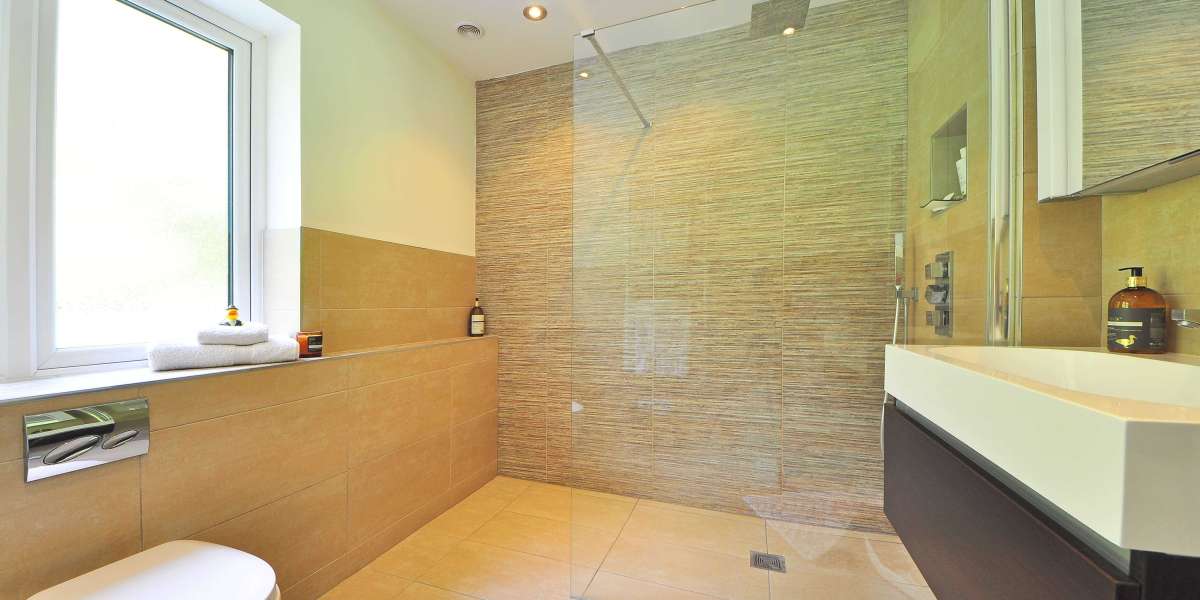You're not alone if you've ever wondered what happens to the water and debris that goes down your bathtub drain. Bath waste plays a crucial role in your plumbing system, ensuring that your bathwater flows smoothly while preventing unpleasant odors and clogs. In this article, we'll dive deep into bath waste traps, exploring what they are, how they work, and why they are essential for your home.
Understanding Bath Waste Traps
What Are Bath Waste Traps?
Bath waste traps, often called "traps," are plumbing fixtures designed to capture debris and prevent it from entering the drainpipe. They are typically located beneath your bathtub or shower and are an integral part of your plumbing system. Traps are shaped like a "U" or "P" and are made from various materials such as plastic or metal.
How Do Bath Waste Traps Work?
The operation of bath waste traps is deceptively simple yet highly effective. When you fill your bathtub with water, the trap also fills with water, creating a barrier between your drain and the sewer system. This water seal prevents foul odors and harmful sewer gases from entering your home while still allowing water to flow freely through the drain.
Types of Bath Waste Traps
There are several types of bath waste traps available, each with its unique features and advantages:
- P-Trap: The P-trap is one of the most common types of traps. It has a distinctive shape resembling the letter "P" and is effective at preventing sewer gases from entering your home. P-traps are easy to install and maintain.
- S-Trap: Similar to the P-trap, the S-trap forms an "S" shape and is suitable for installations where space is limited. However, it is less effective at retaining water, which can lead to the escape of sewer gases.
- Bottle Trap: The bottle trap is a compact option often used in modern bathroom designs. It resembles an inverted bottle and is known for its aesthetic appeal. While it works well in preventing odors, it may require more frequent cleaning due to its smaller size.
Why Are Bath Waste Traps Important?
Now that we understand what bath waste traps are and how they function let's explore why they are crucial for your home:
- Odor Prevention: Bath waste traps create a water seal that blocks the passage of sewer gases, ensuring your bathroom smells fresh and pleasant.
- Clog Prevention: These traps catch debris and hair, preventing them from entering your drainpipe and causing clogs. This helps maintain the smooth flow of water through your plumbing system.
- Health and Hygiene: Bath waste traps contribute to a healthier environment by preventing harmful gases and bacteria from entering your home.
- Compliance with Building Codes: Many building codes and regulations mandate waste traps to ensure the safety and functionality of plumbing systems in homes and commercial properties.
Conclusion
Bath waste traps may not be the most glamorous aspect of your bathroom, but they are essential for maintaining a clean, odor-free, and clog-free plumbing system. Whether you opt for a traditional P-trap or a more modern bottle trap, these fixtures silently perform their duty, ensuring that your bathwater flows smoothly and your home remains comfortable and hygienic. So, the next time you enjoy a relaxing bath, take a moment to appreciate the unsung hero—the bath waste trap—that keeps your plumbing flowing smoothly.



